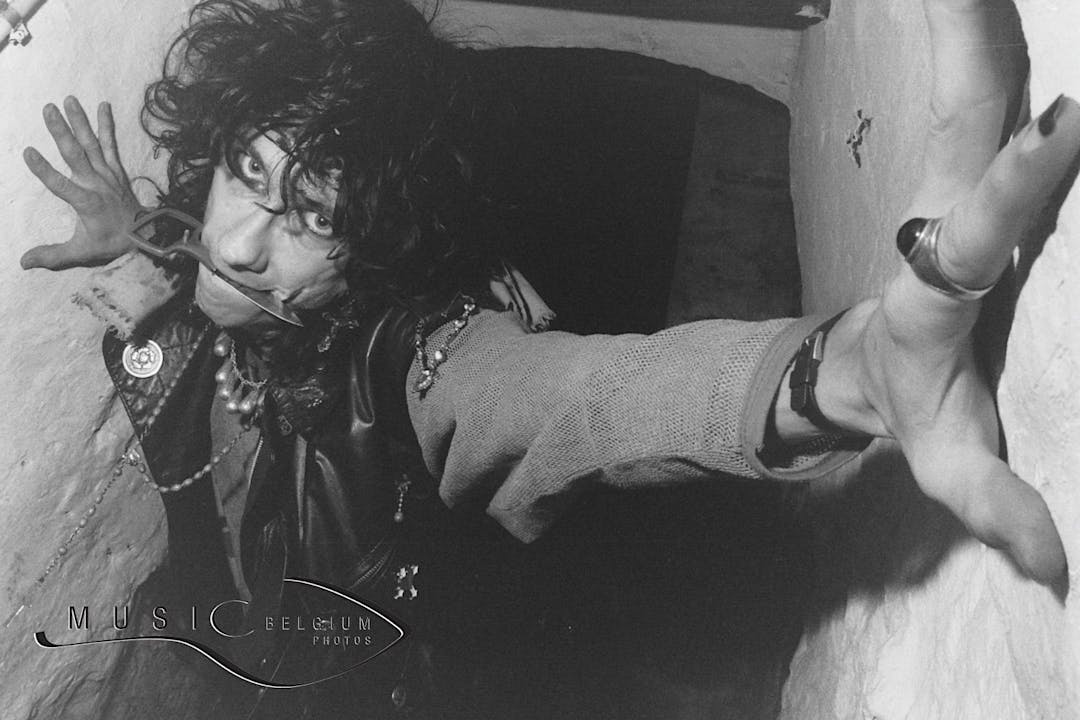
TAGTIK NEWS - TO THE POINT
Did you know? The chainsaw was originally invented to make childbirth easier

While it's easy to imagine how uncomfortable or even painful childbirth can be (in some cases), it’s hard to fathom what it was really like in the 18th century.
To “ease” the pain of women giving birth at the time, two Scottish doctors, John Aitken and James Jeffray, came up with what would become the ancestor of the chainsaw in 1780, namely a cable saw.
In the 18th century, to minimise the infection risks associated with caesarean sections, women underwent a symphysiotomy—a procedure that allowed the passage to widen by cutting the fibres connecting the pubic bones at the front of the pelvis, according to RTBF. Performed with a knife, this procedure was extremely painful and very lengthy. Hence the Scottish idea to invent a new cutting instrument.
The cable saw had a toothed chain and a handle at each end. It wasn’t until 1830 that it was improved by the German orthopaedic surgeon Bernhard Heine, who managed to make the chain turn continuously, making the operation much easier. And it was at the very start of the 20th century in San Francisco that this tool, now known as the chainsaw, became adopted by lumberjacks.
(MH with Raphaël Liset - Source: RTBF - Illustration: ©Unsplash)
LATEST NEWS

Jailed Georgian and Belarussian journalists win top EU rights prize

Born October 22: Stiv Bators (Lords of the New Church), prophet of chaos

Born on October 22: Jeff Goldblum, amateur jazz musician and Hollywood star

Born on October 21: Manfred Mann still lives on planet Earth Band

Smart #5 Brabus Test: A champion at the terminal

Born on October 20: Mark King (Level 42), groove at his fingertips
Quick links